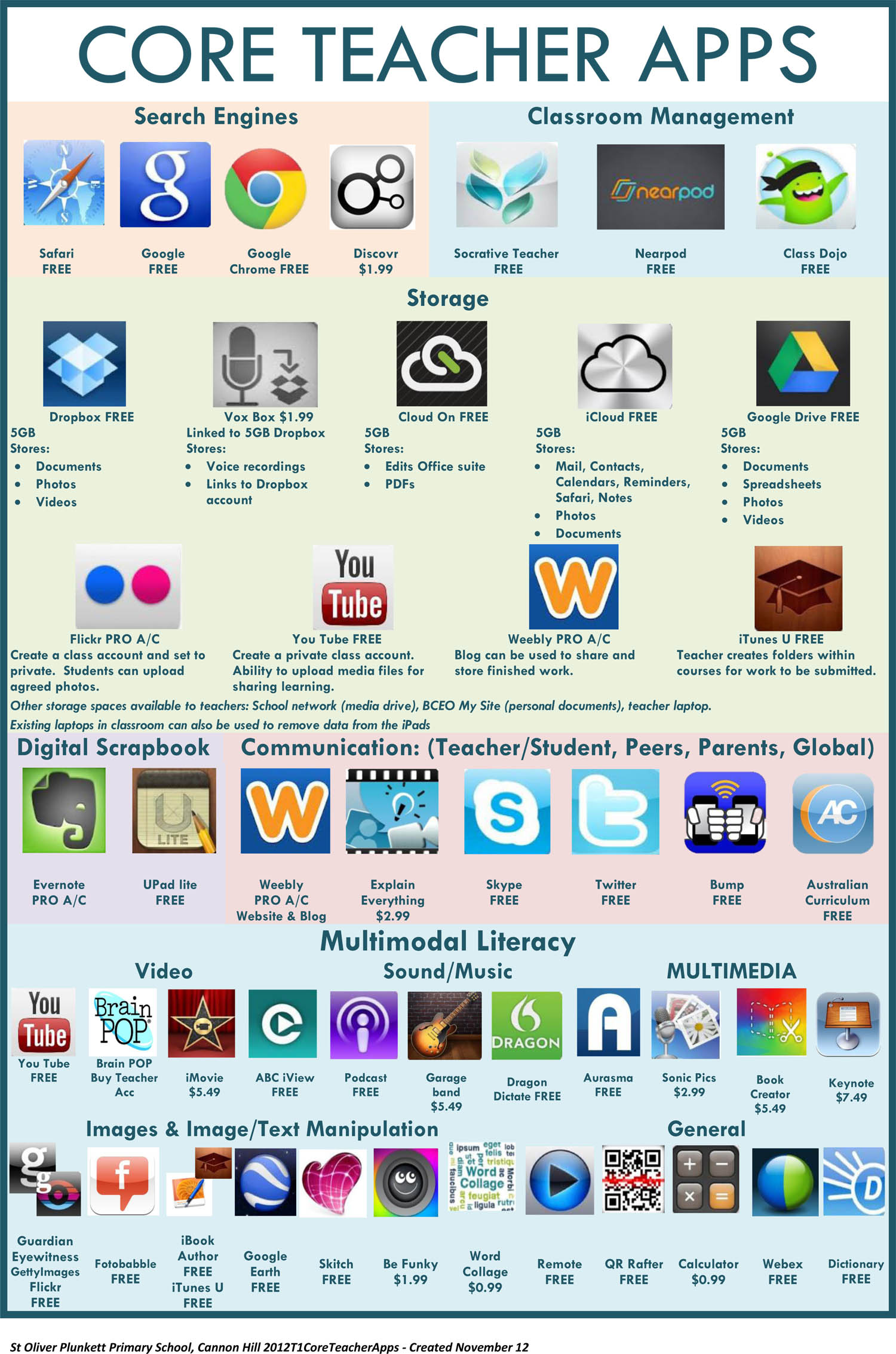Crisis Management: What to Do When Your Business Makes a Public Mistake
http://www.socialmediaexaminer.com/crisis-management-with-gini-dietrich/
respond within 24 hours when a crisis happens. Don’t ever let it go all day.
When it happens outside of work hours, make sure you respond within the next work day. Let people know that you are aware of the situation and you’ll get back to them once you have investigated the matter.
On weekends, you need to have someone monitoring your social media channels, and they need to be aware of whom to contact when a crisis arises.
If it’s a case of one blogger who has written something bad, but other people aren’t aware of it, then you need to approach the blogger privately. You’ll hear what you need to look out for in this situation and how to handle it.
When you do have a crisis on your hands, you should always remain honest throughout the communication and make the effort to keep people up to date with what’s happening. People are pretty understanding when you continue to keep them in the loop.
NOWHERE IS STATED THAT ONE HAS TO ABSTAIN OR KEEP THE CONSTITUENCY (e.g., students) AWAY FROM PARTICIPATING.
8 Simple Ways to Get Great Media Exposure
http://www.inc.com/larry-kim/8-content-promotion-tactics-for-great-media-exposure.html
1. Build Your Media Network
2. Leverage Twitter for Pitching
3. Get in Front of Industry Influencers
4. Optimize Your Visual Assets
5. Plan a Series
6. Syndicate Your Blog Content
7. Target International Press
8. Don’t Forget Traditional Media
How to Explain Social Media Marketing to Skeptics: An Analogy
http://www.dragonsearchmarketing.com/how-to-explain-social-media-marketing/#sthash.KUNUdSwk.dpuf
AND MUCH MORE…
On the Edge of Chaos: Where Creativity Flourishes
http://blogs.kqed.org/mindshift/2014/05/on-the-edge-of-chaos-where-creativity-flourishes/
To foster creativity, teachers can make room for more freedom around activities in class
project-based learning as a way that educators are beginning to introduce choice, and thus freedom, into school work, making space for at least some creativity.
To develop ideas that could be considered creative, the brain has to be both stable and flexible at the same time.
Why Aren’t Teens Reading Like They Used To?
http://www.npr.org/2014/05/12/311111701/why-arent-teens-reading-like-they-used-to
Is it the digital devices? Not so simple. What can we do to promote back reading?
For all the data and feedback they provide, student information systems interfere with learning.
“School isn’t about learning. It’s about doing well.”
The singular focus on grades that these systems encourage turns learning into a competitive, zero-sum game for students.
My notes:
the parallel with the online grades systems at K12 is the Big Data movement at Higher Ed. Big Data must be about assisting teaching, not about determining teaching and instructors must be very well aware and very carefully navigating in this nebulous areas of assisting versus determining.
This article about quantifying management of teaching and learning in K12 reminds me the big hopes put on technocrats governing counties and economies in the 70s of the last centuries when the advent of the computers was celebrated as the solution of all our problems. Haven’t we, as civilization learned anything from that lesson?
The 5 Step Model to Teach Students Critical Thinking Skills
http://www.educatorstechnology.com/2014/05/the-5-step-model-to-teach-students.html
1- Determine learning objectives
This is the initial phase where you need to identify the behaviours you want your students to exhibit and work on encapsulating these behaviours in an overarching higher order thinking schema.
2-Teach through questioning
The importance of integrating questions into instruction is uncontested. Thought-provoking questions help students explore learning from different perspectives. The art of posing well-formulated questions is regaled by a set of techniques, some of which are included in this wonderful poster: Questions A Critical Thinker Asks.
3-Practice before you assess
This is where hands-on learning activities are called for. To consolidate their understandings and therefore increase the retention rate of information taught, students need to utilize all components of active learning such as simulation, experimentations,rehearsing…etc
4- Review, refine, and improve
Students’ feedback that you can garner either formally or informally constitute the backbone of your teaching procedure. It provides you with insights into areas that students need help with and also informs your teaching objectives and methodology. There are a variety of tools you can use to collect feedback from your students, check out the 8 Practical tools to easily gather students feedback.
5- Provide feedback and assessment of learning
As you need students feedback to help you inform your teaching methodology, students too need your feedback. They need to learn how they are learning and assess their overall achievement. One way to do this is to provide them with grading rubrics for self-assessment. Here are some other resources to help you provide better feedback to your students:
International Conference ICT for Language Learning
http://conference.pixel-online.net/ICT4LL/
Virtual Presentations available at:
http://conference.pixel-online.net/ICT4LL2013/virtual_presentations.php

